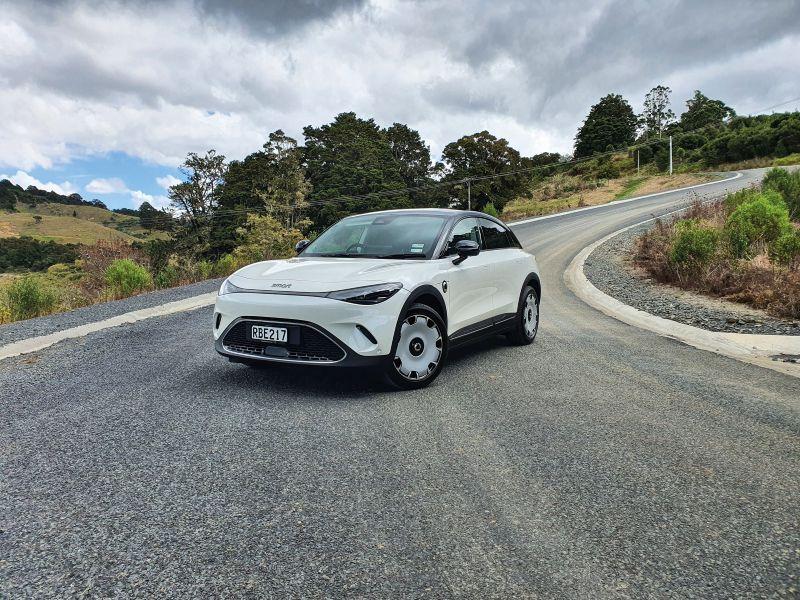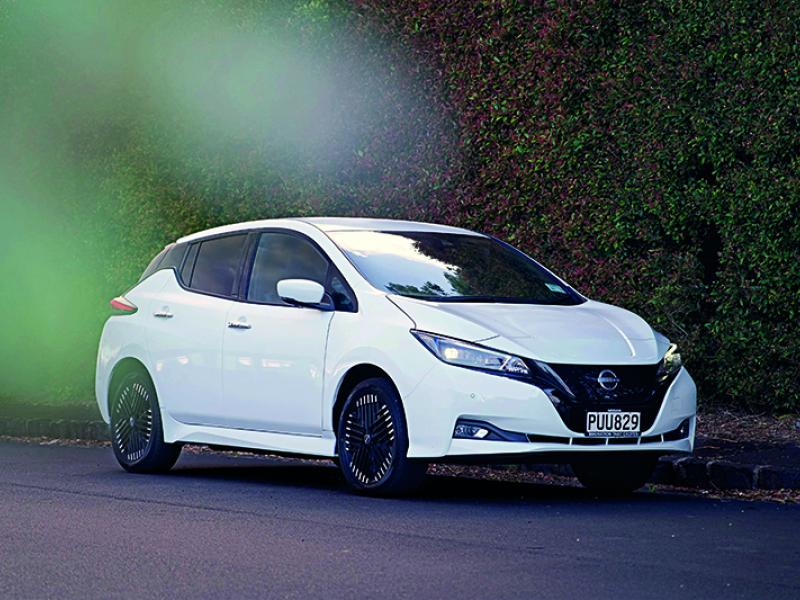Scania New Zealand is introducing the brand’s first fully electric truck to the local market, one of the first markets outside of Europe to receive this model.
The brand’s global headquarters in Sweden selected New Zealand for its promotion of and access to renewable energy, the unique application of the battery electric truck, as well as Scania New Zealand’s proven ability to be a market leader.
As such, Scania New Zealand has two, first generation, 29 (GCVW) tonne battery electric vehicles, each with a range of up to 250 km, making them suitable for either short or medium haul journeys.
Additionally, the trucks include optional emission free operation for both hydraulic and refrigeration units.
There is no doubt that the launch of the BEV trucks marks a significant change in the heavy commercial landscape in this country, but Scania’s game-changing trucks may well be the catalyst to increase EV uptake in more general terms.
While EV uptake has steadily been increasing, there are still many fleet manager’s sitting on the fence as to whether an EV on the fleet is a sound investment.
Scania’s new release is a validation of the practical advantages and beneficial applications of electric vehicles in general.
If the heavy transport sector – which by its very nature requires mobility, reliability, and general ability – is taking EV tech onboard, it’s a good endorsement that perhaps your fleet should too.
Acquiring an electric truck is not just an investment in the customer’s fleet, but also in their brand and market.
Scania New Zealand Managing Director Rafael Alvarenga says bringing in these fully electric trucks is not a one-off, instead they represent a genuine factory-led solution to sustainable transport in Aotearoa by Europe’s premier truck manufacturer.
Alvarenga anticipates more battery electric Scanias arriving in New Zealand soon. Globally, Scania has committed to launching at least one new electric product application every year.
An electric truck enables the customer to stay ahead of the competition, learn about infrastructural challenges and start adapting for the future,” says Alvarenga.
The battery electric vehicles are available with the option of either five or nine batteries - totaling 165 kWh or 300 kWh installed capacity respectively.
With the combustion engine removed, space for batteries has been freed. Additional batteries are mounted on the chassis frame.
The new electric motor delivers a continuous power of 230kW or approximately 310hp. The motor has two gears providing high power over a wider speed span.
“Scania’s global aim is to drive the shift towards a sustainable transport solution, creating a world of mobility that is better for business, society and the environment. This is also our aim locally in New Zealand,” says Alvarenga.
“By 2025, Scania has a global goal to achieve a 20% reduction in carbon emissions of its produced vehicles; comparing to 2015; that by that date electrified vehicles will account for 10 percent of its total sales volumes worldwide, increasing to 50 percent by 2030.”






